What’s Up?
I am working on this blog post on Tuesday afternoon. Jim and I are headed to Sarasota for the opening of Lou Newman’s photographic exhibit. Lou is a record-holding 26 time IPT veteran. No kidding: twenty six!
I was doing much better on Tuesday after my reassuring talk with Dr. Parsons yesterday. And I slept till 5:40 am this morning. Still no jet lag and still getting lots of work done.
The Streak
Today’s blog post marks 180 days in a row with a new educational blog post. As always-–and folks have been doing a really great job recently–-please remember to use our B&H links for your major gear purchases. For best results use one of our many product-specific links; after clicking on one of those you can continue shopping with all subsequent purchases invisibly tracked to BAA. Your doing so is always greatly appreciated. Please remember: web orders only. Please remember that if you are shopping for items that we carry in the BAA Online Store (as noted in red at the close of this post below) we would appreciate your business.
|
This image was created at our favorite afternoon Etosha waterhole on the 2016 Namibia IPT with the hand held Canon EF 100-400mm f/4.5-5.6L IS II USM lens (at 400mm) and the mega mega-pixel Canon EOS 5DS R. ISO 400. Evaluative metering at zero: 1/3200 sec. at f/7.1. Daylight WB. A single AF point two rows up from the center AF point/Manual selection/AI Servo/Rear Focus AF on the elephant’s closed eye was active at the moment of exposure (as is always best when hand holding). Click here to see the latest version of the Rear Focus Tutorial. Click on the image to see a larger version. Image #1: Royalty on a muddy throne… |
Wow! What Luck
Everyone in all three vehicles was stunned at our great luck when we pulled up to our favorite Etosha afternoon waterhole, Nebrowni, at 3:45pm and found this venerable animal taking a mud bath. The light, soft sun, and the light gray mud made the whole scene seem surreal. This African Elephant put on quite a show mud bathing, sitting up (as above), and then walking around the waterhole and winding up very close to the parking lot before heading overland for dust bath. What a treat and what a privilege.
This bull (male) elephant is about 40-50 years old. The females also have tusks but they are often smaller.
|
This image was also created at on the same afternoon of the 2016 Namibia IPT with the hand held Canon EF 100-400mm f/4.5-5.6L IS II USM lens, the Canon Extender EF 1.4X III (at 160mm) and the mega mega-pixel Canon EOS 5DS R. ISO 400. Evaluative metering +1 stop: 1/1600 sec. at f/8. Daylight WB. Center AF point/AI Servo/Expand/Rear Focus AF was active at the moment of exposure (as is always best when hand holding).The selected AF point was on the elephant’s throat. Click here to see the latest version of the Rear Focus Tutorial. Click on the image to see a larger version. Image #2: Royalty on a pedestal… |
Image Question #1
Once this pachyderm approached the vehicles and posed for us, I went from the top of the van to the open window below and made a very few frames. Why did I go back to standing and photographing from below the raised roof? In this and many other cases, lower was not better.
|
This image too was created at our favorite afternoon Etosha waterhole on the 2016 Namibia IPT with the Induro GIT 304L/Mongoose M3.6-mounted Canon EF 600mm f/4L IS II USM lens, the Canon Extender EF 2X III, and the mega mega-pixel Canon EOS 5DS R. ISO 400. Evaluative metering +1/3 stop: 1/800 sec. at f/11. Daylight WB. Center AF point (by necessity)/AI Servo/Expand/Rear Focus AF as framed was active at the moment of exposure. Click here to see the latest version of the Rear Focus Tutorial. Click on the image to see a larger version. Working from the open roof of our bus the tripod was splayed flat and carefully placed on the cab-over. Image #3: Royalty close up… |
Image Question #2
Why did I stop down to f/11 here? Why would f/16 have been better?
Your Favorite?
Promote learning by keeping the blog interactive. Please leave a comment and let us know which of today’s three images you like best and be sure to let us know why you made your choice.
|
Subject and focal lengths clockwise from upper left around to center. Palouse Falls: 11mm; homemade kiddie race car: 105mm; barn siding pan blur: 798mm; Rolling fields diorama: 110mm; Crayola drums: 343 mm; Hay barn interior: 19mm; vintage gas station: 40mm; Dilapidated farm building: 13mm; Denise’s tree Infrared: 20mm. Images and card design by Arthur Morris/BIRDS AS ART. |
The Palouse ~ A Creative Adventure/BIRDS AS ART Instructional Photo-Tour (IPT)/Eastern Washington State. June 3-7, 2016/5 Full Days: $1699/Limit 12/Openings: 5
The Palouse ~ A Creative Adventure/BIRDS AS ART Instructional Photo-Tour (IPT)/Eastern Washington State. June 10-14, 2016/5 Full Days: $1699/Limit 12/Openings: 1
Double Header!
Maximize both your travel dollars and your learning experience by signing up for both IPTs.
|
Images and card design by Denise Ippolito/A Creative Adventure. |
The Palouse IPTs
Rolling farmlands provide a magical patchwork of textures and colors, especially when viewed from the top of Steptoe Butte where we will likely enjoy spectacular sunrises and possibly a nice sunset. We will photograph grand landscapes and mini-scenics of the rolling hills and farm fields. We will take you to some really neat old abandoned barns and farmhouses in idyllic settings. There is no better way to improve your compositional and image design skills and to develop your creativity than to join us for this trip. Two great leaders: Denise Ippolito and Arthur Morris. Photoshop and image sharing sessions when we have the time and energy…. We get up early and stay out late and the days are long.
After 6 days of back-breaking scouting work in early June 2014 we found all of the iconic locations and, in addition, lots of spectacular new old barns and breath-taking landforms and views. On three additional scouting days in 2015 we discovered several more truly amazing locations. We will teach you what makes one situation prime and another seemingly similar one a waste of your time.
What’s included: In-the-field instruction, guidance, lessons, and inspiration, our newfound but very extensive knowledge of the area, all lunches, motel lobby grab and go breakfasts, and Photoshop and image sharing sessions when possible. There will be a meet and greet at 7:30pm on the evening before each workshop begins.
You will learn and hone both basic and advanced compositional and image design skills. You will learn to get the right exposure every time. You will learn to develop your creative eye. You will learn the basics of HDR (high dynamic range) photography. You will learn a variety of in-camera creative techniques. Most importantly you will learn to see the situation and to create a variety of top-notch images. Do see both of our blogs for lots more on that in the coming weeks. You will learn how the quality and direction of light combine to determine the success of your images. And–please don’t gasp–we will be working quite a bit with sidelight when creating landscapes. Lastly, we will be doing some infrared photography.
To Sign Up
A non-refundable $699 deposit is due now. The balance will be due on February 15, 2016. If we do not receive your check for the balance on or before the due date we will try to fill your spot from the waiting list. Whether or not your spot is filled, you will lose your deposit. If not, you can secure your spot by paying your balance.
Please let me know via e-mail that you will be joining us. Then you can either call Jim or Jennifer at 863-692-0906 during business hours or send us a check to leave a deposit; the latter is preferred. If by check, please make out to “Arthur Morris” and mail it to: Arthur Morris/BIRDS AS ART, PO Box 7245, Indian Lake Estates, FL, 33855. If you have any questions, please feel free to contact us via e-mail: artie or denise.
Travel Insurance Services offers a variety of plans and options. Included with the Elite Option or available as an upgrade to the Basic & Plus Options. You can also purchase Cancel for Any Reason Coverage that expands the list of reasons for your canceling to include things such as sudden work or family obligation and even a simple change of mind. You can learn more here: Travel Insurance Services. Do note that many plans require that you purchase your travel insurance within 14 days of our cashing your deposit check. Whenever purchasing travel insurance be sure to read the fine print carefully even when dealing with reputable firms like TSI.
Please Remember to use our Affiliate Links 🙂
To show your appreciation for my continuing efforts here, we ask, as always, that you get in the habit of using my B&H affiliate links on the right side of the blog for all of your photo and electronics purchases. Please check the availability of all photographic accessories in the BIRDS AS ART Online Store, especially the Mongoose M3.6 tripod heads, Induro tripods and ballheads, Wimberley heads and plates, LensCoats and accessories, and the like. We sell only what I have used, have tested, and can depend on. We will not sell you junk. We know what you need to make creating great images easy and fun. And we are always glad to answer your gear questions via e-mail.
I would of course appreciate your using our B&H affiliate links for all of your major gear, video, and electronic purchases. For the photographic stuff mentioned in the paragraph above we, meaning BAA, would of course greatly appreciate your business. Here is a huge thank you to the many who have been using our links on a regular basis and visiting the BAA Online store as well.
I would of course appreciate your using our B&H affiliate links for all of your major gear, video, and electronic purchases. For the photographic stuff mentioned in the paragraph above we, meaning BAA, would of course greatly appreciate your business. Here is a huge thank you to the many who have been using our links on a regular basis and visiting the BAA Online store as well.
Be sure to like and follow BAA on Facebook by clicking on the logo link upper right. Tanks a stack!
Typos
In all blog posts and Bulletins, feel free to e-mail or to leave a comment regarding any typos or errors. Just be right 🙂

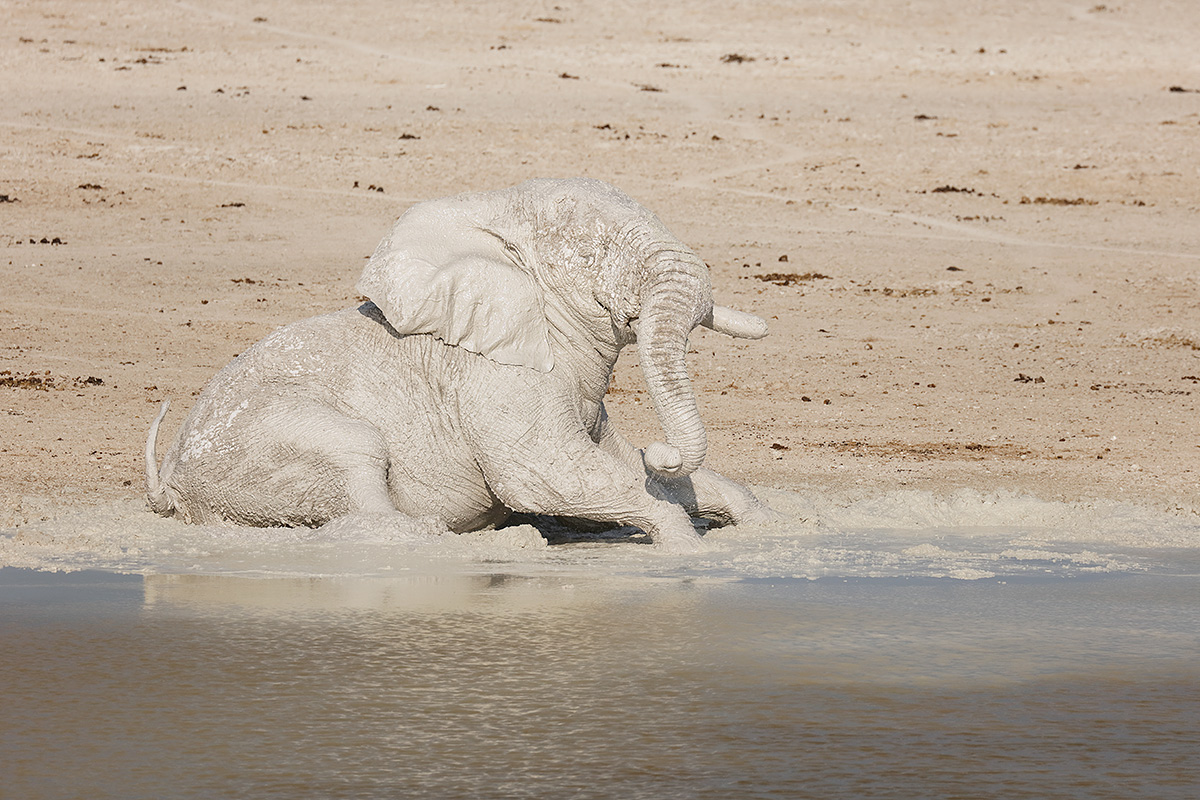
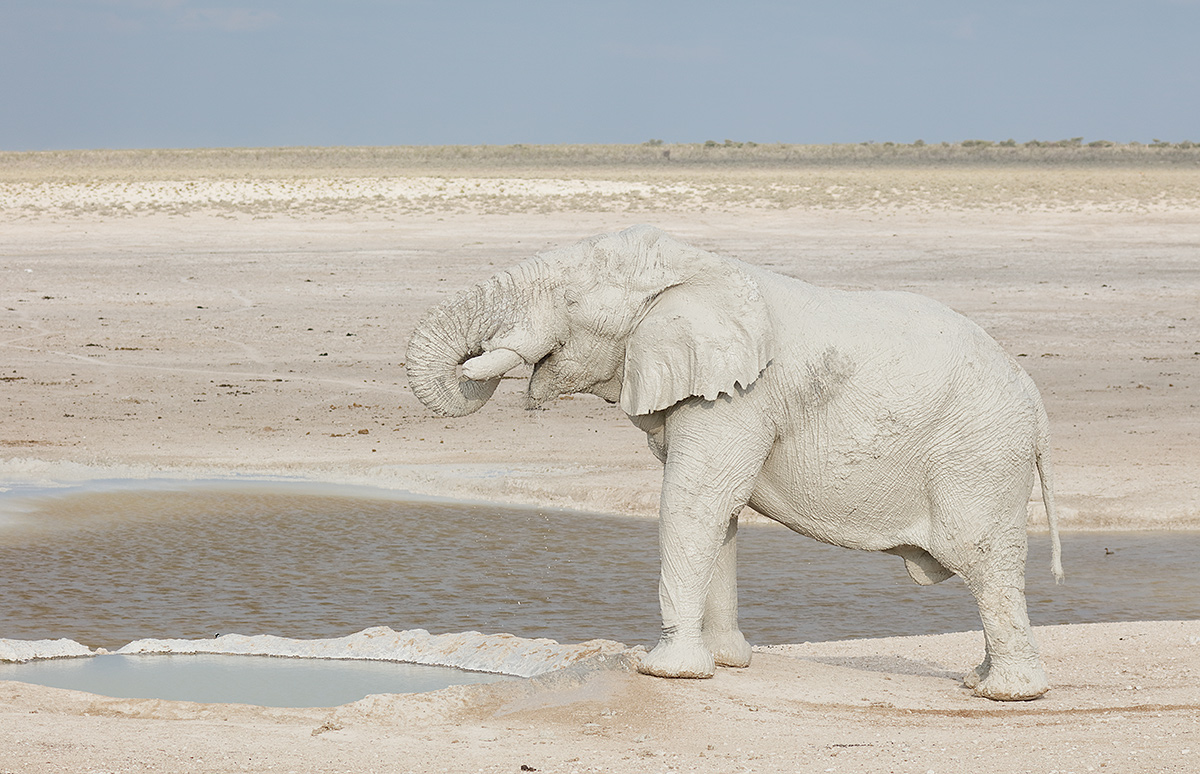
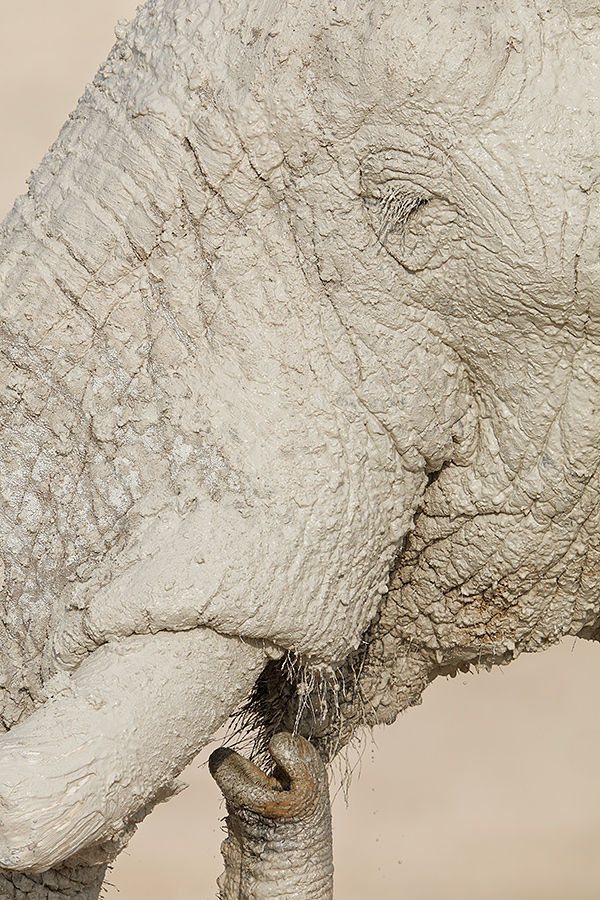
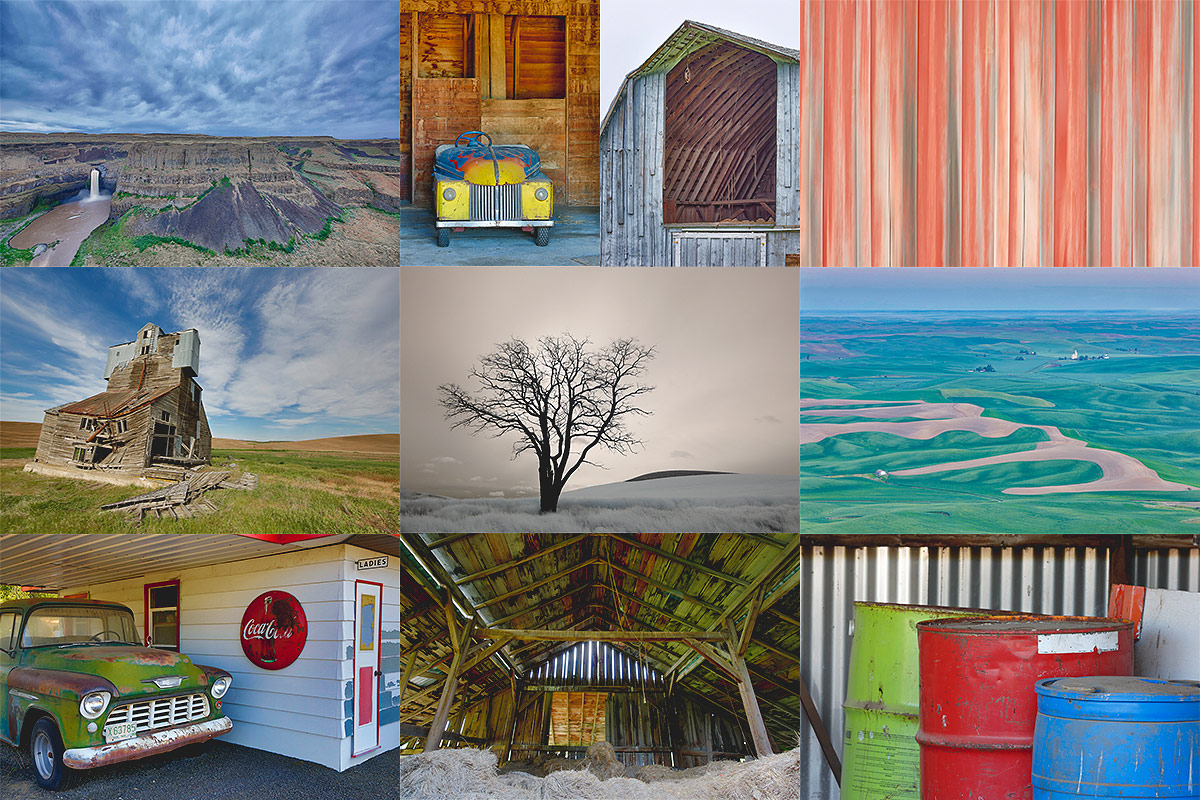
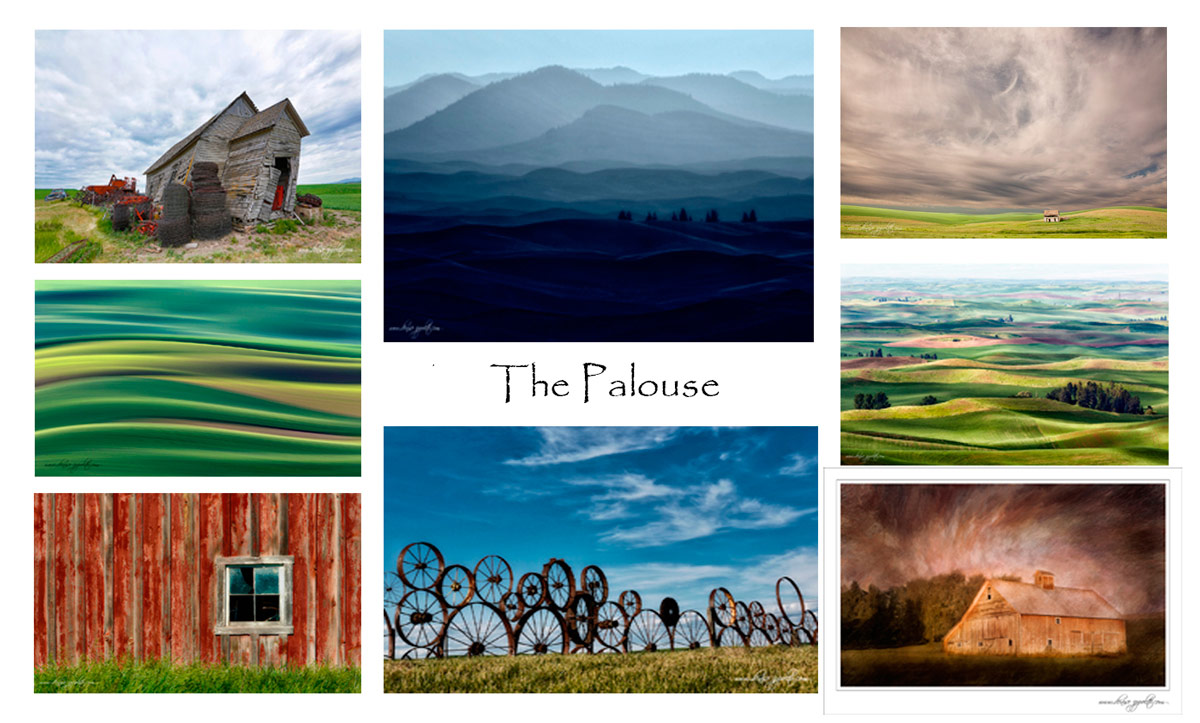













Q1, I would think being lower would place the horizon line through the elephant; being higher would keep the animal below the horizon, which I think would be cleaner as an image. Not sure how far you really were, which could impact the amount of difference in the up / down of he horizon relative to the subject. All great shots.
Be well, and listen to the Doc. All the best.
The third image’s details and dramatic cropping lead me to prefer it.
The photo from the top of the vehicle is more surreal than the photo taken from a lower position that shows the sky. The sky in photo # 2 detracts from the surreal portrayal in photo # 1.
Thanks but disagree 🙂 a
1 to get you camera level with the eye of the elephant
2. There are a lot of inches from the plane of the eye to the plane of the hair on the mouth and tip of trunk in a head of this size, The greater the depth of field the better
In the first image you were using 160mm focal length at F8 – plenty of depth of field to keep the whole animal sharp.
In the second image you were 600mm focal length at F11 – very shallow depth of field and perhaps not enough if shooting from lower down.
Standing up places the camera sensor in same plane of focus as the elephant’s head and provides enough depth of field to get the whole head, front to back, top to bottom and side to side, sharp.
Shooting at an angle may not have been enough to achieve this.
As the elephants head is quite a big (deep from front to back) and the 600mm has a shallow depth of field, every little bit of extra DOF helps.
That is why F16 would have been even better.
Hi Artie,
Q one.
If lower position is not better then why do it and only get a few images?
For safety.
With the animal close you may have been instructed to get back inside the vehicle.
Q two has been answered . F16 to give you enough DOF at close distances.
David.
PS Booked cheesemans today, deposit paid and working on airfares.
David.
Q1: Because your dof is so shallow at 1200 mm you went higher so your plane of focus is more parallel with the elephant.
Q2: Because you are closer to your subject your dof is even less and requires even smaller apertures.
Q1: Not at all.
Q2: Correct.
a
Hi, Artie. I can’t see the images; I have between quirky and poor Internet connection here in South Africa today, but I’ll guess on #1. An elephant is pretty tall even standing in a water hole and you wanted to be at its eye level, not below.
Q1 – By moving lower, in the vehicle, you would be able to separate the background from the animal. This would really help because the ground in the background in this image is the same color as the mud on the animal, creating less contrast and not emphasizing the animal as strong.
Q2 – You may have been able to use a little more DOF to get the close tusk a little sharper. (But you would have to be careful with your shutter speed!)
On Q1: it seems that everyone is getting confused by my question so I will rephrase it more simply here: why was it better to photograph from on high at the roof than to go lower and photograph from the window?
OK on #2 but all are missing the main obvious reason as to why I needed extra d-o-f in that situation… 🙂
a
1-If you had stayed on the roof would the animal’s head have been half way in front of the water instead of an all sand background?
This image was made from a standing position. As you are confused, you need to go back and reread the question 🙂
In other words the line between water and sand would have gone behind (through) the animal’s head?
Nope, as above.
2-f16 would have been better because DOF is minimal with 1200mm.
Why more so in this image?
a
#1 OK, I hope I understand the ? better. When lower the horizon cut through the animal’s head?
#2 needed more DOF because the image is a closeup and the closer to the subject the more DOF needed.